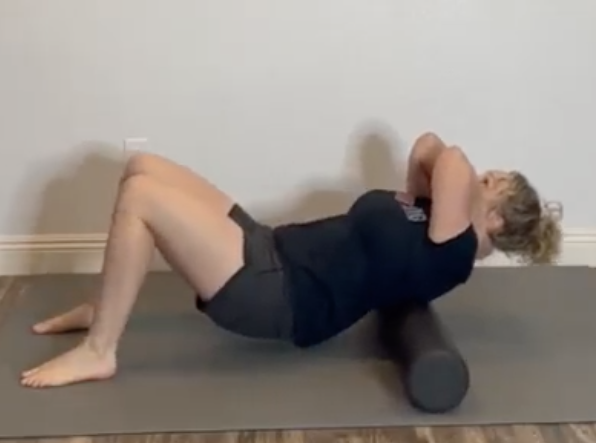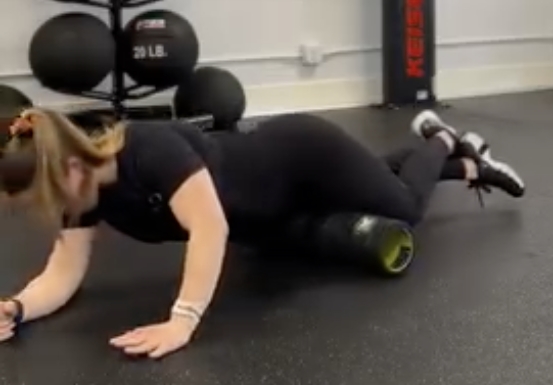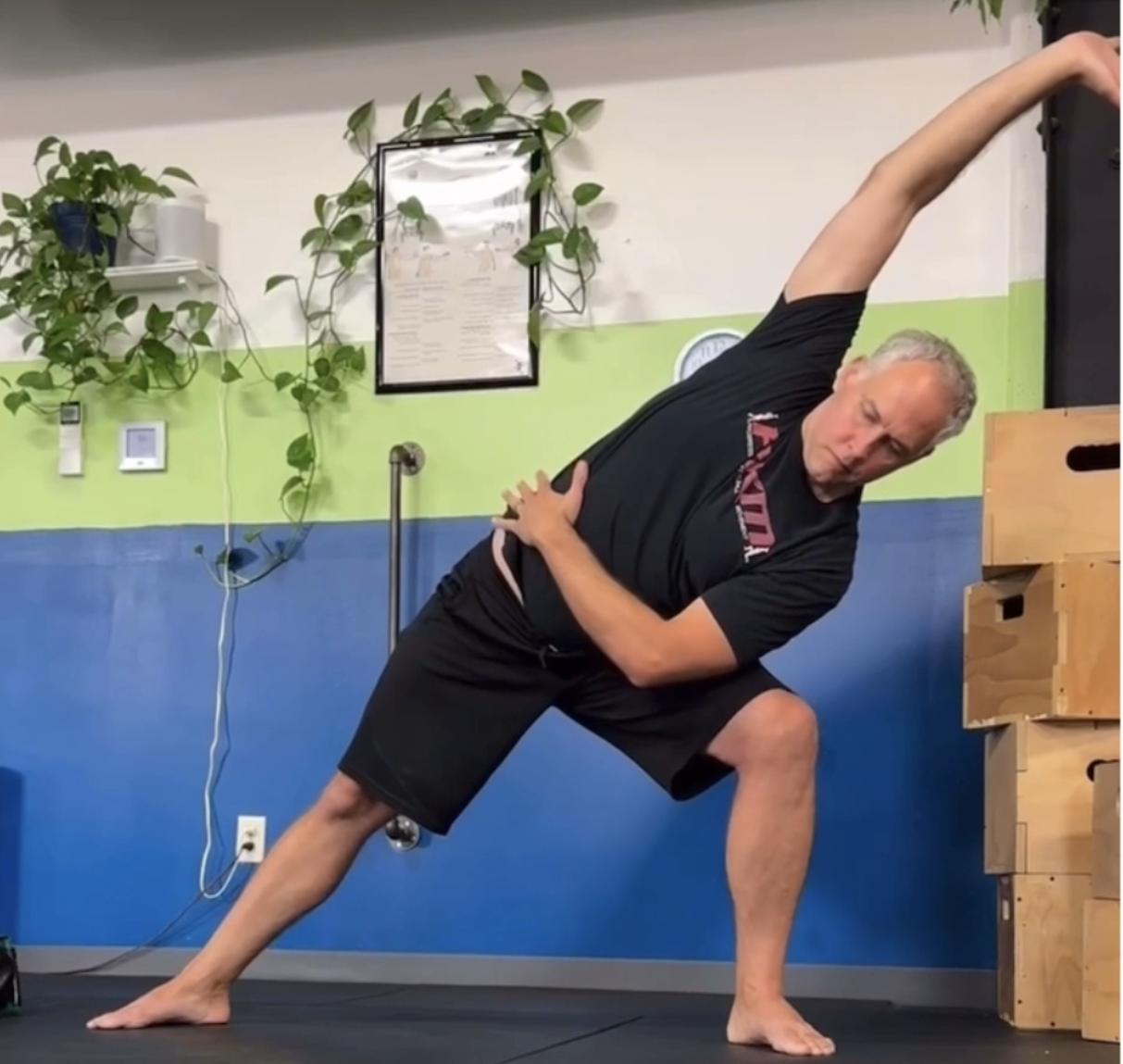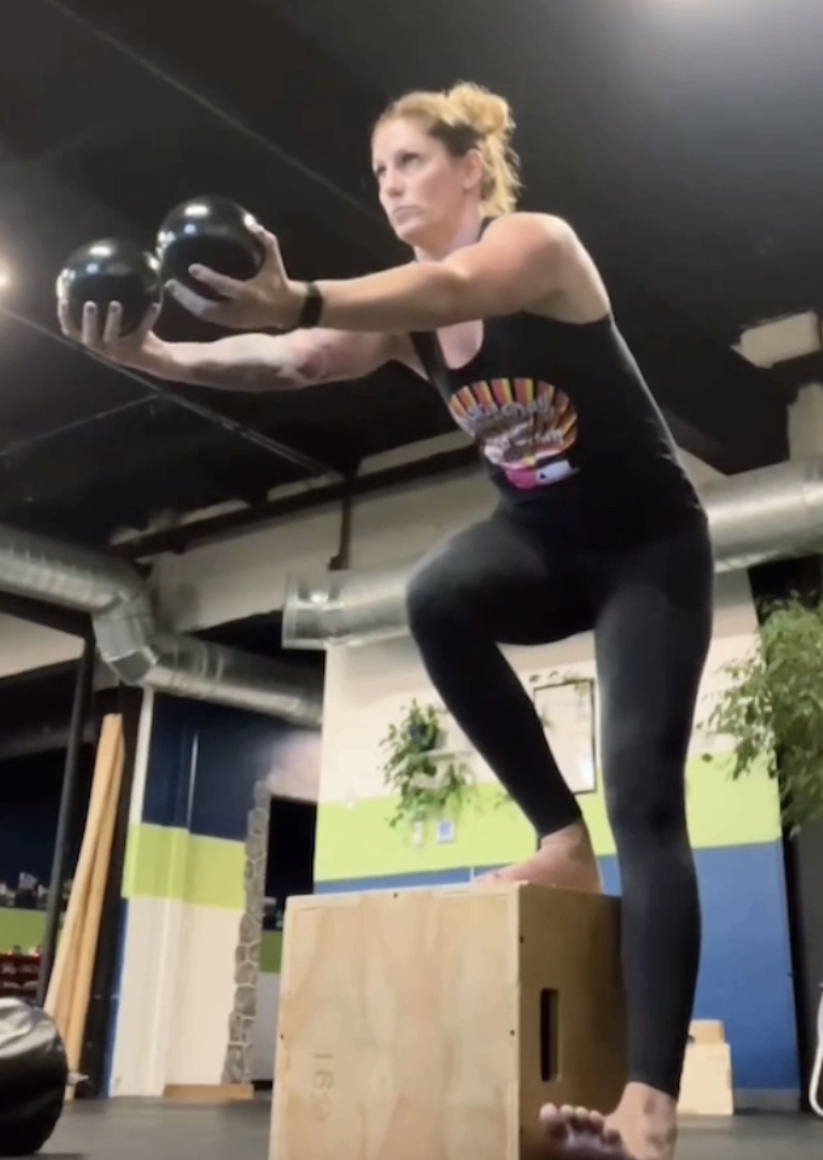Do Foam Rollers Work & Are They Worth It?
2024-11-13
Being kind of old in the fitness industry can be fun, I can remember when foam rollers started coming into the fitness landscape and all of us thought FINALLY we were going to be able to fix all the aches/pains that we and our clients had. It was so cool to learn about this new idea of fascia that no one really knew about in mainstream fitness in the ’90’s.

Obviously massage had been around a long time, but getting regular massage wasn’t possible for everyone plus this was something we could REALLY target the exact causes of our clients’ issues. Well, fast forward today and foam rollers have gone through the similar path of many ideas and tools in the fitness industry. First, they come as the savior of all things, then when it shows maybe we overvalued them a bit, they become demonized and many like to say they are completely worthless. Like so many things, the reality is they are a useful tool, but maybe we did overestimate what they could achieve.
The first question probably is, “do foam rollers work?” In order to answer this, we have to ask, “what do you mean by work?”

Do they increase flexibility? Well, plenty of studies show that using a foam roller can improve flexibility (1,2,3), but these are usually short-term studies and we aren’t too sure, one way or the other, on long-term changes in flexibility. It is also worth noting that not every study shows improvements in flexibility, but that can be said with just about any methodology. That is why it is good to look at a bunch of studies and overall, there does seem to be positive evidence on foam rollers and the like on flexibility.
Do foam rollers improve performance? Generally, the evidence is maybe a little to not really (3,4). On the good side, most of these studies also don’t show any negative performance issues either.
Do foam rollers help with recovery? Well, there is some evidence that says not really (4,)some say it could (5), and others yes, but as part of an overall stretching and recovery program (6)
Overall, there does seem to be enough evidence that foam rolling (as well as other self-myofascial techniques) can be helpful. Especially with things like reducing perceived pain (7). The REAL issue that people probably run into is that foam rolling can NOT overcome a bad training program, poor technique, inappropriate recovery, unhealthy lifestyle, and so forth.

When it comes to the real question about foam rolling and the like for me is, is it the best use of time? The consideration I make as a coach when I say yes to one thing in training is that I have to say no to other methods. Time is the biggest constraint I have so whenever I say yes to doing something, it has to be the best thing I know how to do to help achieve a specific outcome.
So, thinking of why a foam roller is used let’s see if we can make that justification to make that time during our training session. If we can’t it doesn’t mean foam rolling is useless, it just may mean that we have to offer it as homework, maybe if there is extra time before a training session, etc.
Does foam rolling work better for range of motion than mind-body exercise practices for example that also target mobility? Well, from the research is EXTREMELY limited as the one study that I was able to located did show positive improvements from both but the mind-body practice was superior (8). Why am I looking at foam rolling compared to mind-body practices? Well, in essence they have many similar benefits and even some similar mechanisms.

Both self-myofascial release and mind-body exercise practices can….
-Improve flexibility
-Decrease pain sensations
-Help with recovery
What many might be surprised in learning though is that most of the benefits that self-myofascial techniques like foam rolling allow for isn’t from changes in the structure of the tissues themselves. Currently the majority of benefits from self-myofascial release are thought to be neurological, not changes as much to the tissues themselves…
“Researchers propose various mechanisms for improving ROM and performance with FR. The first is the modulation of pain in the central nervous system using FR. The constant pressure exerted on the soft tissues overload the skin receptors, inhibiting pain sensation and stretch tolerance.” (9)
Another is through increased blood flow which can help reduce inflammation which of course is a good thing. Reducing pain sensation and impacting the perception of the nervous system seems to allow for the greater increases in ranges of motion. The evidence that there are significant changes to the structure of the tissue isn’t as strong.

I bring this up because it is good to know why things work in the first place, but also these are also mechanism that are used as part of mind-body practices. However, the difference is that while there are no long-term studies on the benefits on the use of things like foam rollers, we do have them on mind-body practices. So, what time of results do we see and how are they different?
-Improved flexibility
-Greater cardiovascular health
-Increased endurance
-Reduced stress, anxiety, and depression
-Sleep quality improvements
-Improved balance
-Decreased chronic muscoskeletal and joint pain
-Increased strength
-Cognitive improvements (10,11,12,13,14,15)
This is NOT to say foam rolling and self-myofascial techniques are bad or useless. Instead, it is about optimizing the time we have available to train. Asking the RIGHT questions is the most important aspect of knowing what is best for our training goals and the lifestyle we have to fit our training.
Strategies like our Myofasical Integrated Movement system are great places we can find how to apply these concepts to maximize the results from our training and can definitely be done along with a self-myofascial program. However, be mindful of really the time and energy you have to devote to your training and what really works best!
Get great options on our functional training courses, certifications, masterclasses HERE and dynamic workout programs like our Myofascial Integrated Movement training HERE all with code “bogo”
© 2025 Ultimate Sandbag Training. Site by Jennifer Web Design.







